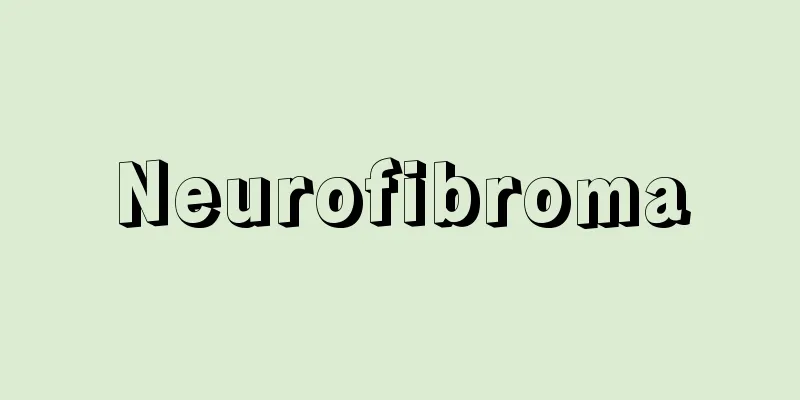How to differentiate cirrhosis nodules from liver cancer nodules

|
In general, liver cancer is often accompanied by liver cirrhosis. In clinical practice, the problem of distinguishing liver cirrhosis nodules from liver cancer nodules is often encountered. If it is a large liver cancer, the alpha-fetoprotein is positive, and there are typical features on ultrasound, CT or MRI, so the distinction is not particularly difficult. However, some small liver cancers are somewhat similar to liver cirrhosis nodules in imaging, so careful differentiation is required. Of course, the first thing to do is to check the blood alpha-fetoprotein. The alpha-fetoprotein level in cirrhotic nodules is not elevated, while that in most liver cancer nodules is elevated. Imaging examinations are very valuable in distinguishing cirrhotic nodules from liver cancer nodules. Ordinary ultrasound is generally difficult to distinguish. The following three methods can be used: 1. Ultrasound contrast examinationAfter the injection of ultrasound contrast agent, liver cancer nodules have early arterial enhancement, and in the venous phase, they become lower echo than the surrounding liver parenchyma. However, after the injection of contrast agent, cirrhosis nodules do not have the same early enhancement as liver cancer nodules, but instead enhance and weaken synchronously with the surrounding liver parenchyma. 2. Enhanced CT The manifestations of enhanced CT are similar to those of ultrasound angiography. Liver cancer nodules have early enhancement, while sclerotic nodules do not have early enhancement. 3. Nuclear Magnetic Resonance MRI is more valuable in differentiating cirrhotic nodules from liver cancer nodules. First, there is a significant difference in the signals of the two. For example, liver cancer nodules show low signals on T1WI (a term for MRI examinations, the same below) weighted images of MRI, and slightly high signals on T2WI weighted images; while sclerotic nodules are the opposite, showing high signals on T1WI weighted images and slightly low signals on T2WI weighted images. Furthermore, MRI can also perform enhanced scanning, which can also distinguish sclerotic nodules from liver cancer nodules. Of course, if imaging differentiation is difficult, a fine needle liver puncture biopsy can be performed if necessary, and pathological examination can confirm whether it is a small hepatocellular carcinoma or a sclerotic nodule. |
<<: How to recognize early gastric cancer
>>: How does Western medicine stage pancreatic cancer?
Recommend
Experts introduce the main symptoms of kidney cancer
The symptoms of kidney cancer are not easy to det...
Niacinamide removes acne marks
Many people may not know what niacinamide is or w...
Can I eat Cistanche deserticola if I have cholecystitis? What can't I eat?
Cholecystitis is a disease with a relatively high...
Golden movements for lower limb strength training
The lower body of the human body plays an importa...
How to treat patients with advanced liver cancer? What are the treatments for liver cancer ascites?
How to treat patients with advanced liver cancer ...
What to do if my face becomes red and painful from welding
During the welding process, if the welders fail t...
The red bumps on the soles of the feet are very itchy_The red spots on the soles of the feet are itchy
The feet are not prone to illness, but because of...
What are the symptoms of advanced lung cancer? 4 symptoms of advanced lung cancer
If you have difficulty breathing or chest tightne...
What is the latest method for treating liver cancer? 2 points to note after liver cancer treatment
The Medical School of the University of Regensbur...
Is lung cancer contagious? Can lung cancer be contagious to others?
Now many people are paying attention to lung canc...
Is apple cider vinegar effective in treating gout?
Ventilation problems seriously threaten the physi...
Is it good to take a sauna before a physical examination? Benefits of taking a sauna
People occasionally take a sauna in their daily l...
What can I use to soak my feet to remove moisture?
Winter is coming, and people generally feel that ...
Is it okay for junior high school girls not to wear underwear? Is it okay for junior high school girls not to wear bras?
In modern society, living conditions are getting ...
What are the common symptoms of colon cancer?
The symptoms of colon cancer are relatively rare ...









